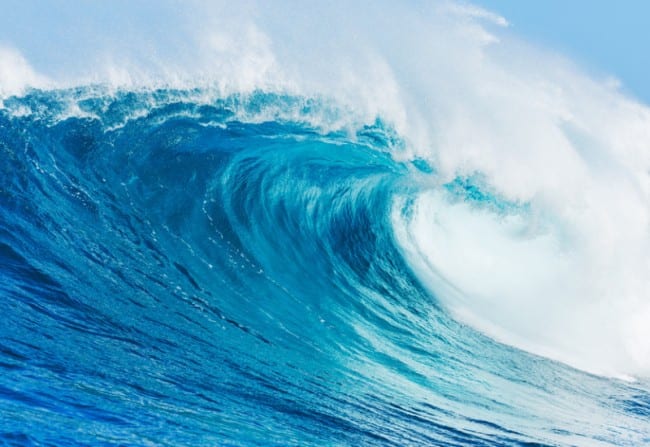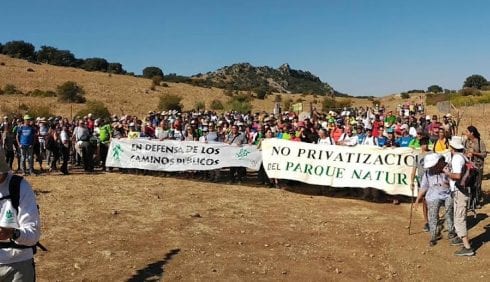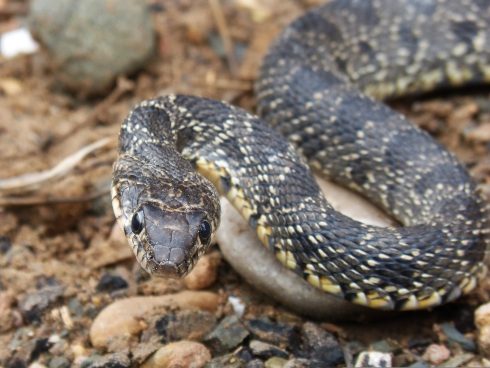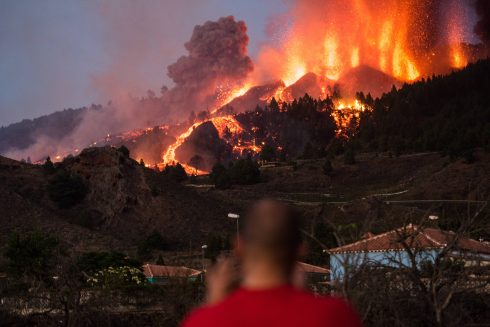 RESIDENTS on the Canary islands are fearing a volcanic eruption after the Spanish archipelago was hit by more than 40 earthquake tremors in just 48 hours.
RESIDENTS on the Canary islands are fearing a volcanic eruption after the Spanish archipelago was hit by more than 40 earthquake tremors in just 48 hours.
La Palma was hit by more than 40 seismic movements of low magnitude between 1.5 and 2.7 on the Richter scale, according to the data of the National Geographic Institute.
The largst quake had a magnitude of 2.7 in the area of the Natural Park Cumbre Vieja on Saturday around 1pm, 28 km below the ground.
The second largest, of 2.6, took place at 1.23pm on Sunday in the same area, while the third quake took place at midnight on Monday, reaching a magnitude of 2.1, according to the Volcanological Institute of the Canary Islands (Involcan).

The earthquakes from the huge Cumbre Vieja volcano have led volcano experts to be pulled in to examine the unusual seismic activity.
There have now been 50 tremors in three days after at least ten were recorded overnight last night.
One of them reported a magnitude of 2.1 just after midnight.
A 2.8-magnitude earthquake was also recorded in the northwest of the Canary Island of Gran Canaria.
Volcano experts from the Volcanological Institute of the Canary Islands (Involcan) are now intensifying surveillance on the islands after being shocked by the sudden and sharp rise in activity.
María José Blanco, director of the National Geographic Institute in the Canary Islands, said the island has ‘never recorded a similar swarm’.
The earthquakes have not been felt by residents because they are occurring very deep below the ground.
Scientists have warned if the huge volcano erupts, it will likely collapse into the sea – sparking a mile-high tidal wave that would engulf Spain, Britain and the east coast of the US.
Experts have predicted the monster tsunami would strike Spain’s south and west coasts as well as Portugal, plunging the lives of thousands in danger.
It could then hit north Africa, before moving thousands of miles across the Atlantic and hitting the Caribbean and the east coast of the US.








